This story originally appeared on the Gents Cafe Newsletter. You can subscribe here.
A Q&A with Luke Adams, Standart Magazine’s Editor-in-Chief
In this month’s Scent of Paper interview, we speak with Luke Adams, Editor-in-Chief of Standart Magazine (@standartmag), an award-winning print-only magazine dedicated to the beauty of coffee culture.
Every issue is ram-packed with stories of some of the brightest minds in the world of coffee.
Luke shares his background and what drew him to the world of coffee journalism. He talks about the magazine’s vision to make good coffee accessible to everyone and how the stories featured in the publication reflect this mission.
Luke, tell us a little about your background: how did you find yourself interested in coffee culture, why it fascinates you, and what drew you to the world of coffee journalism?
During uni, I spent an inordinate amount of time studying in a little café in Oxford called BREW. It was situated just off Banbury Road, which connects the predominantly residential North Oxford to the city centre and most university buildings. This meant that it was a stop-off point for students and academics on their way to and from classes and meetings, and so a real melting pot of brilliant people doing interesting work. Its being a meeting point—a role that every good coffee shop plays—was augmented by the sheer breadth of experience of its patrons.
After a couple of years, I even part-owned the shop, buying in to help with some improvements to its fit-out and equipment. Though I’m no longer involved, I am happy to say that it still exists, after a fashion, and no doubt continues to enjoy all the advantages of its location and clientele that made it so wonderful when I was still part of the furniture.
So, those two things—my having spent so much time studying and chatting there and having part-owned it for a little while—in concert with my having read English at uni, led to an interest in writing about coffee and café culture. Having such a space form a part of your everyday life provides a writer with plenty of human matter on which to draw in his writing.
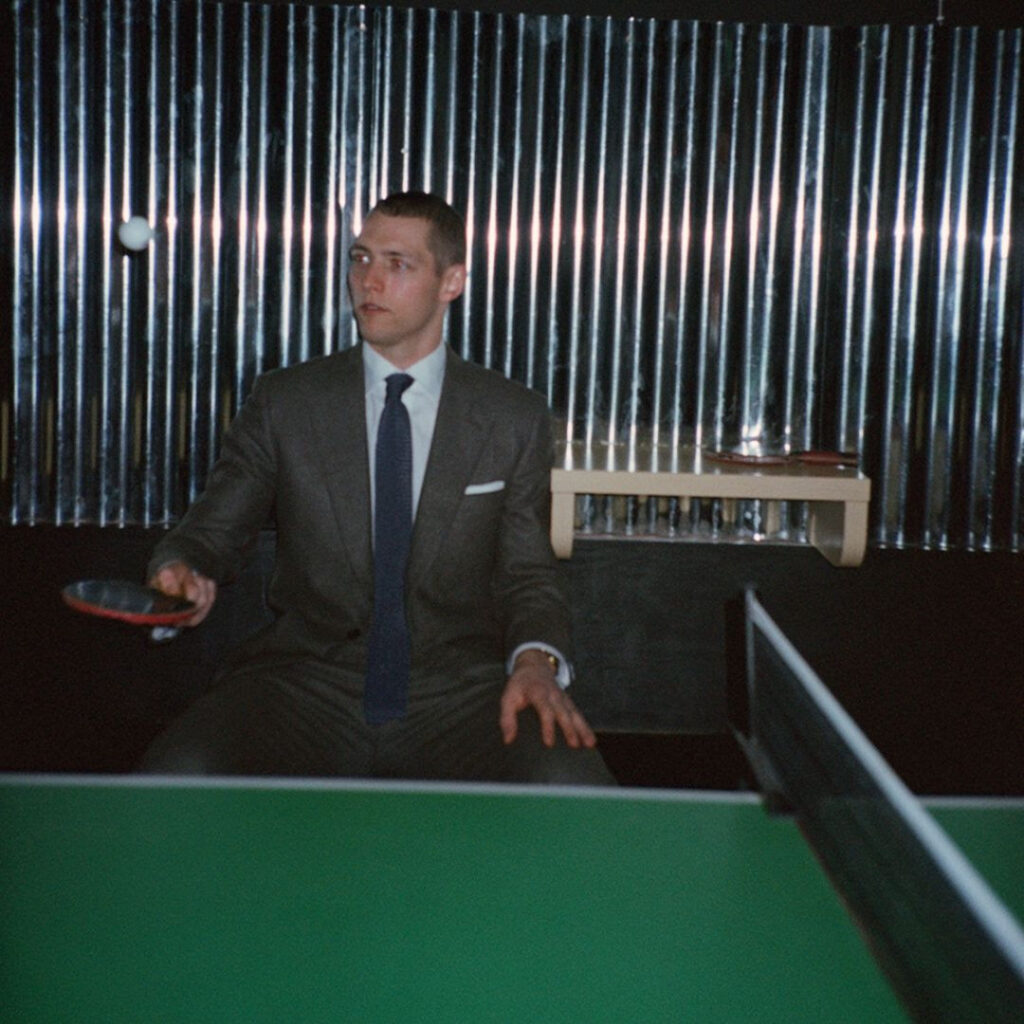
Standart Magazine began with the idea that good coffee should be accessible to everyone. Can you elaborate on this vision and how the stories featured in the publication reflect this mission?
Well, good coffee is accessible to everyone. One of the incredible things about what is usually termed ‘specialty coffee’ is that it has never really been any more expensive than a coffee from a Costa or a Starbucks. What’s more, as soon as you add a squirt of syrup or whipped cream to your Starbucks (usually to mask the unpleasant flavour of the coffee), it’s well-and-truly more expensive than a specialty flat white. I just felt I should put that across to your readers! Good coffee is accessible!
As to how Standart is structured, we take an approach similar to the one we do with Valet—my other magazine about menswear.
That is, we use coffee or menswear as a starting point, or as a means to focusing on and exploring facets of our world that matter to everyone. Doing so provides us with a coherent approach to the world, and allows us to tackle questions in interesting ways.
Standart publishes stories from all around the world and along the coffee chain, from technical pieces about brewing techniques and rare coffee varieties, to interviews with sportspeople, musicians, and Formula 1 drivers. Coffee works extremely well in this scheme, because it is a profoundly social drink, and so naturally works as a sort of topical lubricant.
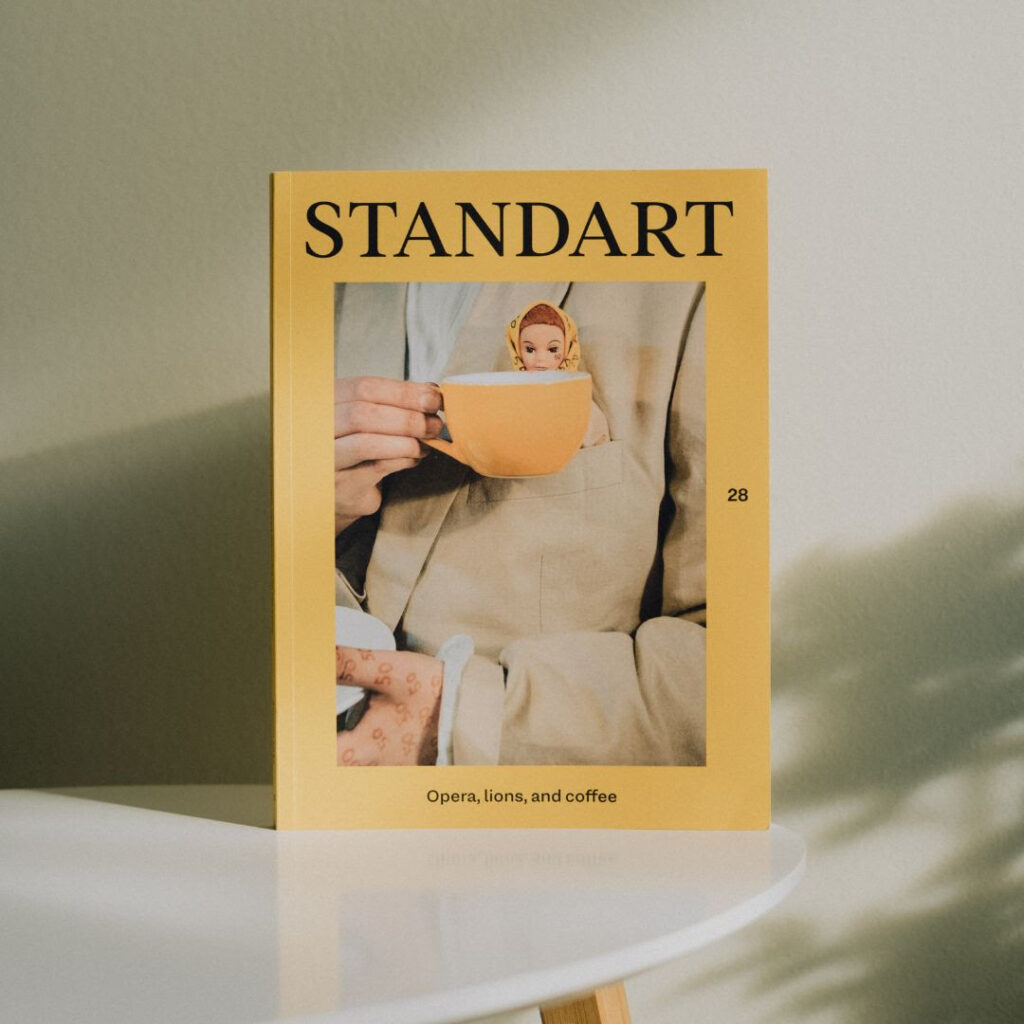
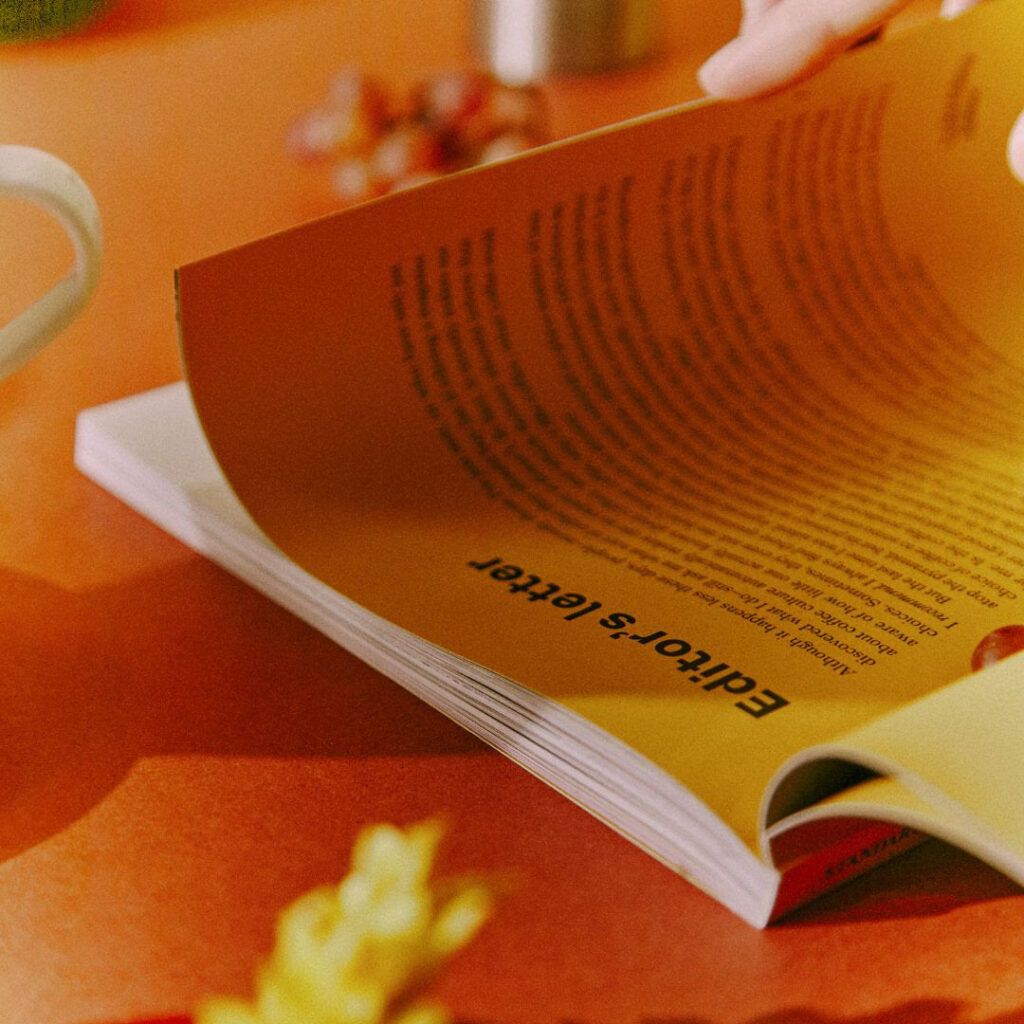
Who would you say the readership is and why do you think the magazine resonates with them?
We’re lucky to have quite an extensive subscriber base, and so we’ve sort of moved out of the niche. We’re not yet Vanity Fair, but our readership is incredibly diverse and truly worldwide. I think the content resonates with a wide audience because our editorial approach is one of natural curiosity, so we really do look at an awful lot of subjects, and there’s always something readers can learn from a barista on the other side of the world, or a coffee farmer in their own backyard. I think the sense of discovery is what readers enjoy.
Every issue has 168 pages printed on high-quality FSC-certified paper with 15 articles, stories, interviews or essays from some of the brightest minds in coffee, and beyond.
Can you speak to the importance of design and aesthetics in the production of Standart Magazine, and how do you ensure that the visual elements of the publication complement the written content?
This is something our production team pays a lot of attention to. We believe that if you’re going to print something, it had better be worth it. We won’t print anything that doesn’t truly benefit from being in print, meaning that a story must work not only on a visual or textual level, but on both levels simultaneously, and truly gains something from being presented as part of a print experience. This must be true for every article, but also for every edition as a whole. The experience of reading an issue of Standart is that you feel as if the entire contents have been curated to give a sense of diverse uniformity.
Again, we are very lucky to have a subscriber base that provides us the budget to be experimental with our visuals and commission absolutely everything from scratch, working with talented writers and artists on every piece. Attention in this area is probably one of the most important foundational pillars of the magazine.
If you could pick only one article (from past issues) for people to read, which one would it be and why?
I do my best to avoid using cliches, but I’m not sure whether I can escape having to invoke the ‘favourite child’ analogy here. However, I will try: in every issue, we print a city profile, which is less a tour guide to a city or a gastronomical overview, and more of a piece of old-fashioned travel writing. The point is not to simplify a city and provide the reader with an easy and inoffensive roadmap to its hot spots, but to delve deeper into a city’s history, myths, superstitions and idiosyncrasies, to provide a portrait of the city as a unique, living thing, and its inhabitants as individuals.
Too much contemporary travel writing seeks to quickly find commonalities, what ‘connects’ us all, whereas I think the more interesting approach is to highlight the wonderful variety that exists in our world, to celebrate the depth of difference that stops life from being boring. This is what we aim to do in our city profiles, and so many of them hold a special place in my heart (another cliché for you!).
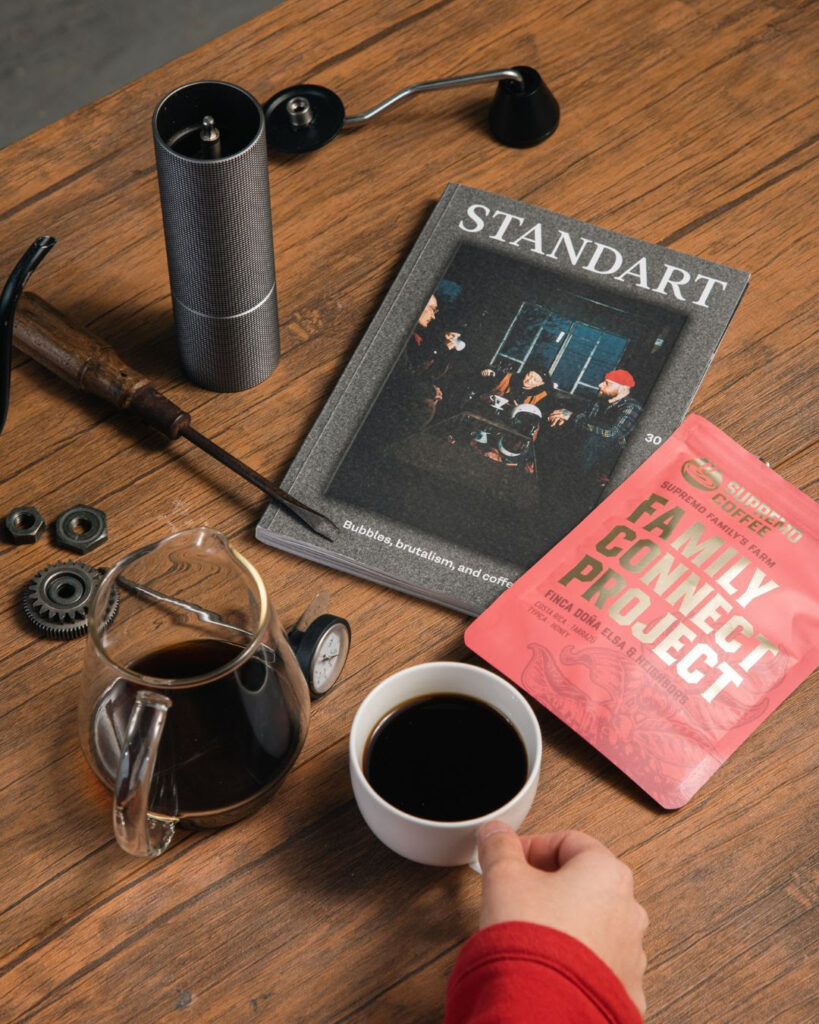
Standart Magazine has won multiple awards at The Sprudgie Awards for Best Coffee Magazine.
What do you think sets Standart apart from other publications in the industry?
What separates Standart from other coffee-themed magazines comes down to our intention. Many other leading coffee magazines focus much more on the industry itself, and are aimed predominantly at baristas and coffee professionals. I can comfortably say that our industry has some terrific magazines in this space, and we are lucky not to have to compete with them! Standart is aimed at a more diverse readership, doesn’t really engage in ‘news’ from the coffee industry, and treats coffee more as a means than an end in itself.
How has Standart Magazine evolved since its creation, what do you see as the future of specialty coffee and how will Standart Magazine continue to evolve and stay relevant in the industry?
The biggest evolution has concerned our team. Standart started as three friends, scraping together just enough money to live in a shared flat in Vienna. Now, we are a team of 10, all fully employed, and working from about as many time zones—from London all the way to Japan and even Shanghai.
In that time, we have also expanded our scope and readership—the two are related—so that many of the budgetary constraints that existed at the beginning have faded away, leaving us an incredible amount of freedom in choosing what we explore and how we do so. One way this has manifested is that we can now provide much more coverage of producing countries and farmers, which is expensive to arrange. This, in turn, has made the magazine more robust and far-reaching in its treatment of the coffee world.
At the moment, the industry is concerned with the effects of climate change and in developing measures to mitigate its impact on coffee and the many livelihoods that depend on it. I honestly have no idea whether the future for coffee is bright, but I hope that more people start to drink specialty coffee, which is far and away a more sustainable choice, not just in terms of environmental impact, but in terms of supporting people in producing countries with a proper living. As I say, given that the price of a cup of coffee from a specialty shop is usually comparable to one from a multinational chain, with the former, much more of your money actually makes it back to the farmer. If we can ensure a living wage for him, coffee has a bright future.
I think we’ll have a relatively easy time staying relevant, given that what we have always done and what we will continue to do is reflect and explore the world around us. In doing so, we’re on pretty solid footing. It’s also clear that people are becoming sick and tired of the online world, digital everything, and are willing to pay for a properly curated offline experience in the real world, and print can offer a lot there.
I think the future of print publications is bright!
Never miss a story – subscribe now to the Gents Cafe Newsletter, a bite-sized read about men’s lifestyle to enjoy over a coffee or a nice cocktail.
